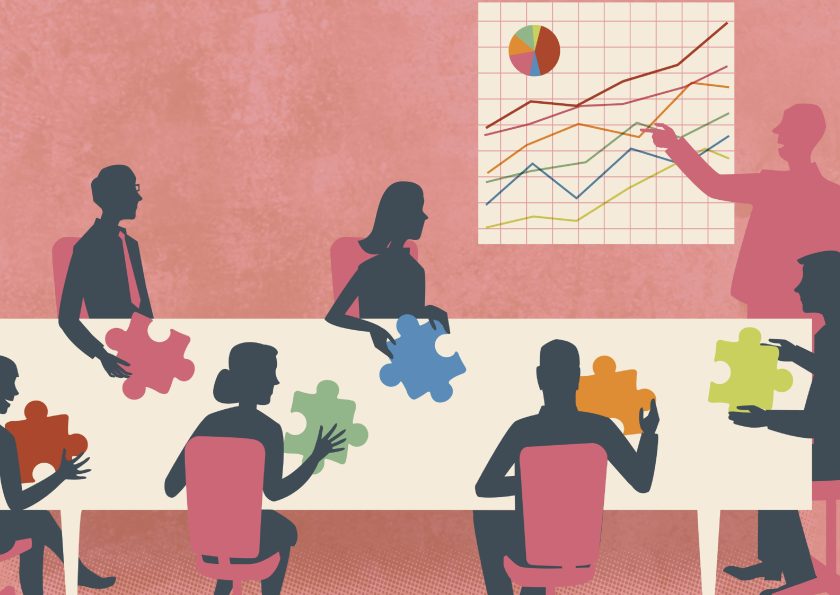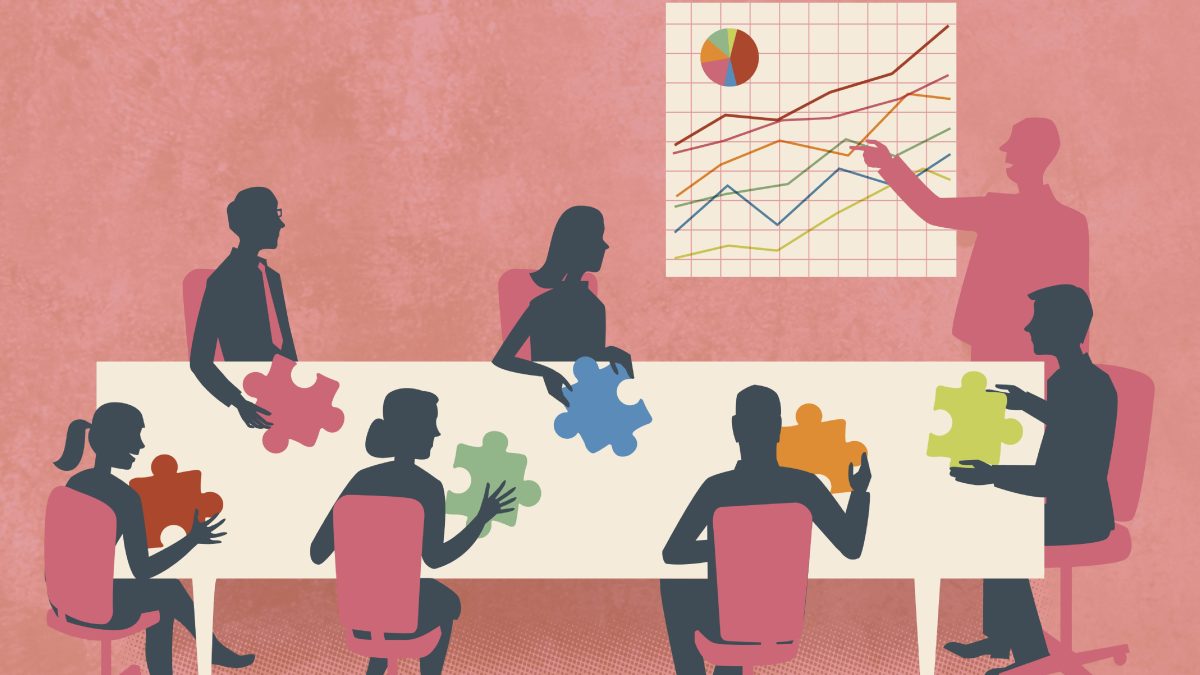
By now, you’re probably aware that Google is far more than a search engine. The tech behemoth is always looking to improve on just about every facet of its operations.
Google routinely conducts comprehensive internal research to back its business strategies with data. It’s most recent study, designed to create a blueprint for the perfect team, had some surprising results.
Shedding light on the mysterious-sounding “Project Aristotle,” The New York Times‘ Charles Duhigg reported on Google’s quest to piece together the most efficient groups at work. RealClearLife decided to tease out two behavioral traits that we thought were particularly important when it comes to successful work environments.
Proportional Speaking Time
First, the Google study observed that groups with members speaking in the same proportion to each other performed better than groups that had conversations dominated by select individuals. That doesn’t mean conversations were equally distributed all the time (it’s just an average).
Since leadership is often determined by experience, groups deferred to those with relevant input for the given task at certain times. “As long as everyone got a chance to talk, the team did well,” Anita Woolley, the study’s lead author, said. “But if only one person or a small group spoke all the time, the collective intelligence declined.”
Emotional Intelligence
The researchers also noticed the average emotional IQ was higher in the groups that had the greatest success. Emotional intelligence is best described as social sensitivity. Higher-performing groups had members that were better at picking up on nonverbal cues, like facial expressions or understanding a change in voice intonation. Here’s Duhigg:
“One of the easiest ways to gauge social sensitivity is to show someone photos of people’s eyes and ask him or her to describe what the people are thinking or feeling—an exam known as the ‘Reading the Mind in the Eyes’ test. People on the more successful teams in Woolley’s experiment scored above average on the ‘Reading the Mind in the Eyes’ test. They seemed to know when someone was feeling upset or left out. People on the ineffective teams, in contrast, scored below average. They seemed, as a group, to have less sensitivity toward their colleagues.”
To learn more about how the Google study was conducted, what the company took away from it, and how you can apply its results to your own workplace, read Charles Duhigg’s full story here. Also, time permitting, watch this 30-minute video discussing the results of “Project Aristotle” from Google.
This article was featured in the InsideHook newsletter. Sign up now.
























